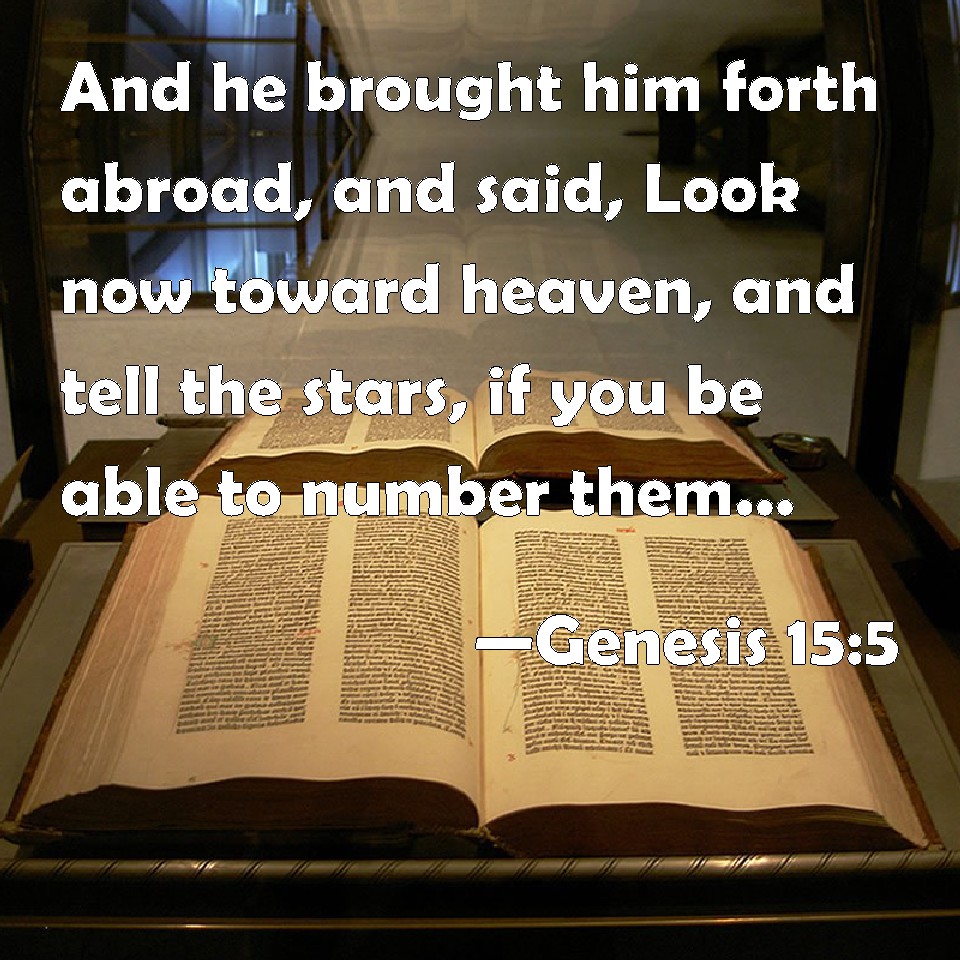

It joins Rigel, Betelgeuse, and Sirius in a bright asterism we might dub the "Tetrahedron."

Proxima Centauri, the closest star to the Sun, has the greatest parallax, equal to 0.77 arcsecond.įrom Barnard's Star at a distance of 6.0 light-years, the Sun (magnitude 1.1) is situated on the Orion-Monoceros border. A star located one parsec away would have a parallax of one arcsecond.

A parsec is equal to 3.26 light-years, which is the distance at which the radius of Earth's orbit subtends an angle of one arc-second. It's easy to look up a star's distance ( d), but depending on your source, you might find it quoted in light-years - and so you'll have to convert to parsecs. Land surveyors use the same triangulation technique. Using simple geometry its distance can be determined. When viewed six months apart from opposite sides of Earth's orbit, the object shows an apparent shift in position (parallax) against the much more distant background stars. The Sun has an absolute magnitude of 4.8, a considerable step down from its apparent brightness of 26.7! Astronomers measure distances to relatively nearby stars (e.g., the Pleiades shown here) using a technique called trigonometric parallax. Absolute magnitudes provide a standard reference for directly comparing stars' true luminosities. The Sun's absolute magnitude, M, or how bright it would appear at a standard distance of 10 parsecs (32.6 light-years), is the easy one to plug in since we already know it. Once we know these values, we can do the math to find m, the Sun's apparent magnitude at the distance of that selected star. We'll have to plug in M = absolute magnitude of the Sun and d = distance to a star of our choosing in parsecs. Here's one iteration of this gem of mathematical magic: For that you'll use the formula for determining a star's absolute magnitude but solve for apparent magnitude instead. Observers there would see it as the brightest star in the W of Cassiopeia, which at this distance, appears only slightly distorted from its appearance back on Earth.Ĭelestia (with additions by Bob King) Magnitude masteryįirst, we'll need to calculate the Sun's apparent magnitude from a specific distance. This got me wondering how bright the Sun would be and in what constellation it would appear when viewed from a planet - imaginary or real - orbiting one or more of the familiar bright stars?įrom the Alpha Centauri system's distance of 4.4 light-years, the Sun shines at magnitude +0.5, nearly as bright as Alpha Centauri (magnitude 0.0) appears in Earth's sky. Maybe that's what inspired my desire to figuratively leave the solar system and see it from other points of view. But from far-flung Deneb at about 2,600 light-years you'd need dark skies and an 8-inch telescope to spot the 14.3-magnitude speck. From the neighboring star system Alpha Centauri, 4.4 light-years distant, it shines at magnitude +0.5, nearly as bright as Procyon in Canis Minor. From each one of these stars we might imagine looking back towards the Sun, which shines in each of their skies as surely as they do in ours.ĭepending on that star's distance from us the Sun may appear bright or faint. Each appears in a particular constellation and shines with a specific magnitude, unless it's a variable star like Algol, in which case its brightness varies. Something like 9,100 stars are visible with the naked eye across the entire planet. We'll visit eight of these locations for a fresh perspective on our familiar digs. Every star we see in our night sky also has a view of the Sun in its sky.


 0 kommentar(er)
0 kommentar(er)
